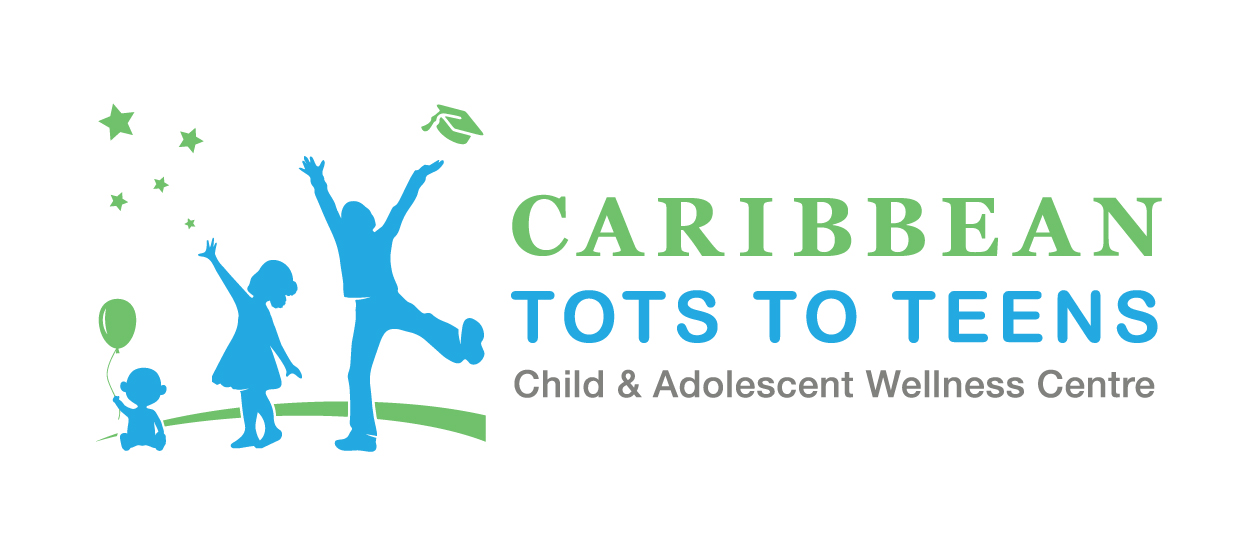Healthy Holiday Beverages
IT’S CHRISTMAS AGAIN… and Christmas time represents family, fellowship, food and fun. This year will be no different for many of us, and of course, there is always the temptation to over indulge. Children are always a big part of Christmas festivities and while we want them to have a Merry Christmas and make many memories we also want them to stay healthy. Depending on your family favourites and your holiday traditions the drinks our children will consume this Christmas will range from sorrel to hot cocoa with marshmallows, ‘chawkit’ tea and everything in between.
SORREL is a good source of Vitamin C & flavonoids, provide powerful antioxidants that helps to improve the body’s immune system
COCOA is also high in antioxidants and provides important vitamins & minerals, so drink up & enjoy.
Keep in mind the importance of good nutrition along with portion control. There is always the temptation to over- indulge when celebrating, especially with children who are free and happy. Parents need to be aware of this and make adjustments to some of our traditional recipes, for example use:
- low-fat milk or nut milk in place of whole milk in Eggnog; Ponche Creme or Cocoa Tea
- fresh fruits in place of can or bottle juices.
Portion control is also important. Use a smaller “Christmas” cup so that your child will not feel cheated. Try this trick on yourself! Offer a serving of
- 4 ozs or 1/2 cup of hot cocoa and
- 6 oz – 8 oz of sorrel
during the day depending on the age of the child.
Start a new Christmas tradition in your kitchen. Let your child help to make these two fruit smoothies It will be FUN and they will also enjoy drinking them.
Cherry Banana Smoothie
1 ripe Banana
1 cup low-fat milk or nut milk
2 maraschino cherries ( to give color & taste)
Blend, serve with crushed ice.
Sparkling Pineapple Yoghurt Smoothie
2 slices pineapple
1 cup low-fat milk
1/2 cup Cherry yoghurt or ice-cream
Blend, then
Add sparking water and serve cold.
MERRY CHRISTMAS & HAPPY HOLIDAYS
From your Nutritionists: Enid & Kerry
Learn MoreNew research shows black American children at HIGHEST risk of being overweight
In particular, children and teens who currently have higher obesity rates would require larger energy gap reductions [more dietary restriction and more exercise] to reach the obesity rate goal. For instance, based on their current obesity rates, white youths would need a 46-calorie reduction, on average, in their energy gap to reach the goals. But given their higher obesity rates in 2008-2010, the average reduction needed to close the energy gap for Mexican-American youths is 91 calories and, for black youths, it is 138 calories. Youths in lower-income communities also need greater reductions than their peers in higher-income areas, again due to higher rates of obesity. Additionally, an earlier study by several of the same researchers found that the problem is especially acute for teens who are already overweight.
The solutions are the same: it take time more than money, to make lifestyle changes.
Learn MoreThe authors outline several policy strategies that could help to close the daily energy gap for American youths. For instance, they point to research showing that:
- replacing all sugar-sweetened beverages in school with water and not consuming any additional sugary beverages outside of school could reduce the energy gap by 12 calories per day;
- participating in a comprehensive physical education program could eliminate 19 calories per day among children ages 9-11; and
- engaging in an after-school activity program for children in grades K-5 results in an additional 25 calories expended per day.

